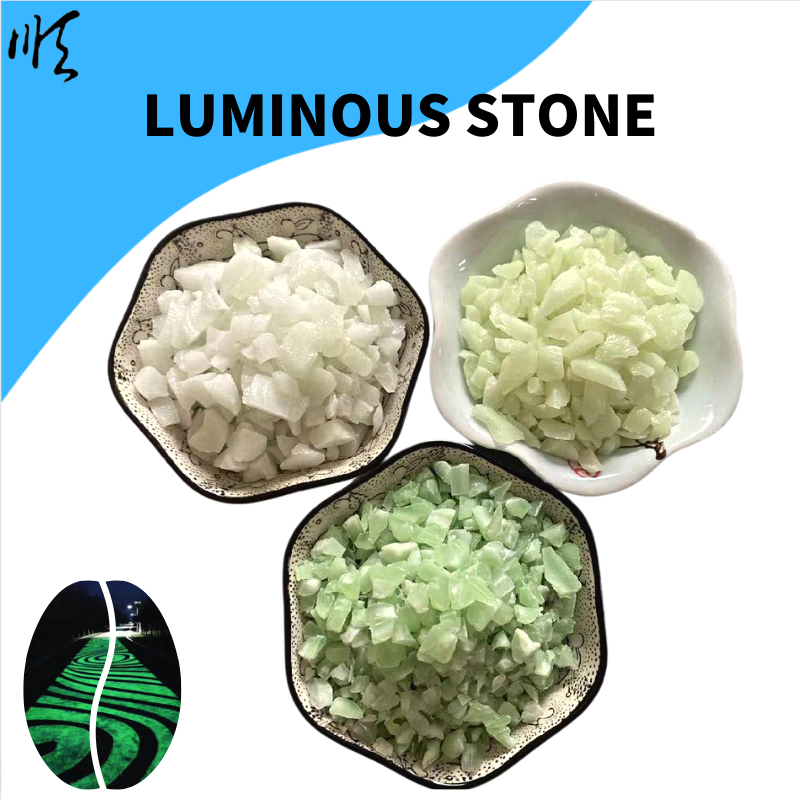
silicon carbide processing
Silicon Carbide Processing A Comprehensive Overview
Silicon carbide (SiC) has emerged as a crucial material in various industrial applications due to its exceptional properties. Known for its high thermal conductivity, wide bandgap, and excellent chemical stability, SiC is extensively used in electronics, power devices, and semiconductor applications. As industries strive for higher efficiency, faster switching times, and improved thermal performance, the processing of silicon carbide becomes increasingly important. This article delves into the various methods and technologies used in the processing of silicon carbide, highlighting key innovations and challenges in the field.
1. Introduction to Silicon Carbide
Silicon carbide is a compound of silicon and carbon that crystallizes in various forms, primarily in the cubic (3C-SiC), hexagonal (4H-SiC), and rhombohedral (6H-SiC) structures. Its unique combination of properties—such as a high melting point (approximately 2700°C), resistance to thermal shock, and high breakdown electric field—makes it an ideal candidate for high-performance applications, particularly in the automotive, aerospace, and electronics industries.
2. SiC Crystal Growth Techniques
The production of silicon carbide starts with crystal growth, which is a critical step in determining the quality and characteristics of the final product. There are several methods for growing SiC crystals, including
- Physical Vapor Transport (PVT) This method involves sublimating silicon and carbon sources and transporting them onto a seed crystal. PVT allows for the growth of large, high-quality SiC crystals but can be time-consuming and material-intensive.
- Chemical Vapor Deposition (CVD) CVD techniques use gaseous precursors to deposit SiC onto a substrate. This method is widely used due to its capability to produce films with excellent uniformity and control over thickness.
- Lely Method Utilizing a solid-state growth process, the Lely method features sublimation of silicon carbide powder at high temperatures
. This method produces high-quality crystals but involves complex temperature control.Each method presents unique advantages and challenges, impacting factors such as growth rate, impurity levels, and the final morphology of the SiC crystals.
silicon carbide processing

3. Machining and Fabrication
Post-growth, silicon carbide needs to be machined and fabricated for various applications. The hard and brittle nature of SiC poses significant challenges during machining. Traditional methods like grinding and lapping require specialized diamond tools to achieve the desired precision and surface finish.
Advanced machining techniques, including Electrical Discharge Machining (EDM) and Laser Machining, have gained traction because they allow for complex geometries and finer tolerances without inducing thermal or mechanical stress that could lead to cracks.
4. Doping Techniques
Doping silicon carbide with various elements, such as nitrogen or aluminum, is crucial for tailoring its electronic properties. Doping methods, including ion implantation and diffusion, enable the modification of the electrical conductivity of SiC, making it suitable for diverse electronic applications. The choice of dopants and techniques can significantly impact the performance of SiC devices, particularly in high-temperature environments where traditional silicon devices falter.
5. Challenges and Innovations
Despite its advantages, silicon carbide processing faces several challenges. High production costs, complex crystal growth processes, and issues related to defects in SiC crystals can hinder widespread adoption. Ongoing research aims to address these challenges through innovative approaches, such as using alternative substrates, developing improved growth techniques, and implementing advanced fabrication technologies.
Moreover, the integration of SiC into existing manufacturing processes, particularly in the electronics sector, requires careful consideration of compatibility and performance benchmarks compared to conventional materials.
6. Conclusion
Silicon carbide processing is a dynamic field characterized by its remarkable potential and ongoing technological advancements. As industries demand more efficient and robust materials for higher power and temperature applications, the significance of SiC will continue to grow. Ongoing research and development efforts focusing on crystal growth, machining techniques, doping methods, and overcoming current challenges are essential to usher in a new era of silicon carbide utilization across various sectors. Embracing these innovations will help unlock the full potential of silicon carbide, leading to improved performance, sustainability, and functionality in modern technology.
Share
-
Premium Talcum Powder Enhanced with GPT-4 Turbo | Soft & Long-LastingNewsAug.02,2025
-
Fly Ash Solutions Enhanced by GPT-4 Turbo | Sustainable InnovationNewsAug.01,2025
-
Natural Premium Bentonite Cat Litter - Superior ClumpingNewsJul.31,2025
-
Premium Resin Coated Sand - High Heat Resistance CastingNewsJul.31,2025
-
High Quality Silicon Carbide Grit for Abrasive ApplicationsNewsJul.30,2025
-
High-Quality Ceramsite for Plants & Gardening | Lightweight PebblesNewsJul.29,2025






